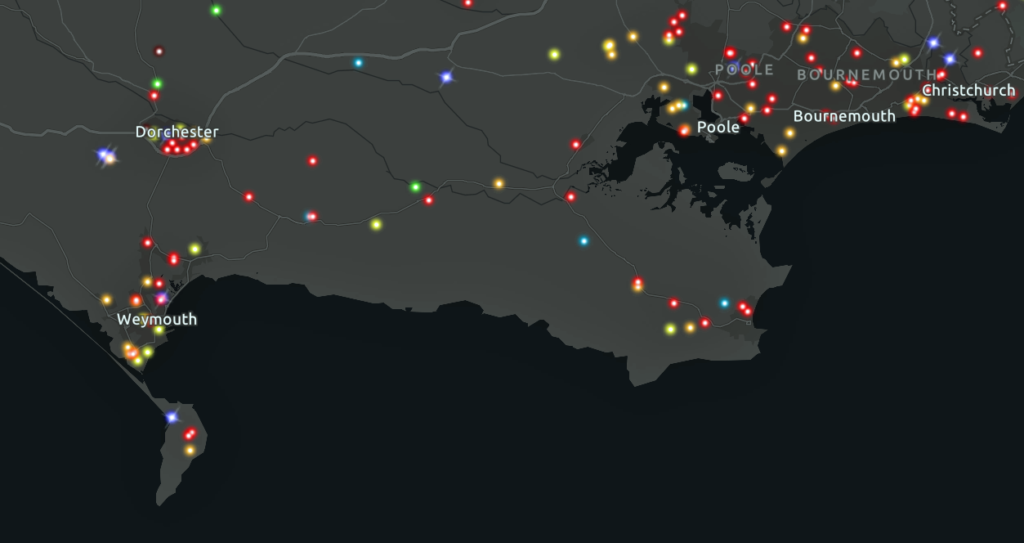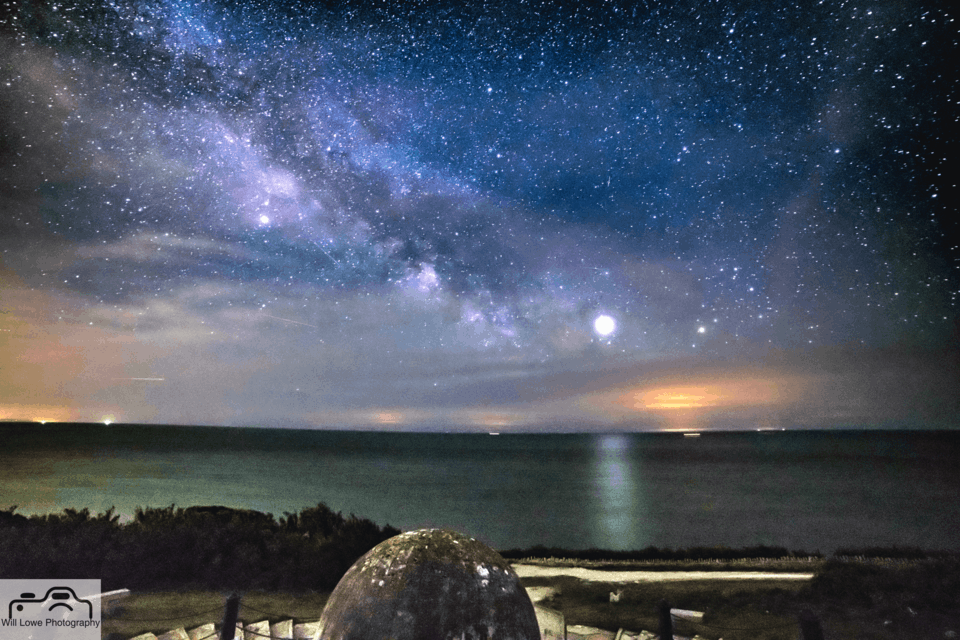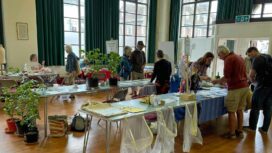Stargazers across Purbeck contributed to a nationwide star count that suggested a drastic fall in light pollution during the coronavirus lockdown.
Organised by the countryside charity CPRE, the annual star count invites people from across the country to count how many stars they can see within a certain sector of the night sky.
A lower star count can suggest a spike in light pollution.
In 2021, the results of the survey indicated a fall in light pollution from the previous year. Of the nearly 8,000 participants nationwide, only 51 percent counted 10 or fewer stars – a figure which would suggest severe light pollution.
This is a drop from 61 percent the previous year. At the same time, five percent spotted 30 or more stars, which is the highest rate since 2013.

A map of all those who contributed towards the Star Count across Purbeck
Skies “clearer because of the lockdown”
This Star Count is part of the International Dark Skies Week, which is organised by the International Dark-Sky Association (IDSA). It aims to raise awareness of the problems of light pollution.
Many Purbeck residents took part in the survey, with some stargazers in the area counting as many as 28 stars above their heads.
While noting that the sample size for the area was small – with several rural areas of Purbeck not covered, Alan Jefferis, who manages the Durlston Country Park observatory on behalf of the Wessex Astronomical Society, said:
“The results indicate that Purbeck is a generally good dark skies area away from the towns and villages.”
Bob Mizon, a Dorset resident and UK coordinator of the British Astronomical Association’s Commission for Dark Skies added:
“It is very important, citizen science. The main point of the Star Count really is to raise public awareness.
“I spoke to several people who have done it and there seems to be a lot of evidence that the sky has become somewhat clearer because of the lockdown.
“I did the count here from my garden in Wimborne, and I counted eight.”

The stars over Durlston in Swanage
Star Count’s “stellar year”
Crispin Truman, chief executive of CPRE, said:
“It’s been an absolutely stellar year for Star Count. We had three times as many people taking part compared to previous years and I’m delighted to see severe light pollution appears to have fallen.
“It’s likely this is an unintended positive consequence of lockdown, as our nighttime habits have changed. Let’s hope we can hold onto some of this achievement as we ‘unlock’.
“Looking up at a starry night sky is a magical sight and one that we believe everyone should be able to experience, wherever they live. And the great thing is, light pollution is one of the easiest kinds of pollution to reverse – by ensuring well designed lighting is used only where and when needed, and that there is strong national and local government policy.”
Swanage stargazing
Durlston Astronomy Centre is a prime spot for astronomy enthusiasts in Swanage, although the centre has been closed due to the pandemic lockdown.
However, the centre is aiming to begin hosting events again later in the year, with the popular Perseid meteors event set for Thursday 12th August 2021.
Several more events are planned for the autumn, although the details and dates are yet to be confirmed.
Further information
To find out more, visit the Wessex Astronomical Society website.
The full results of the Star Count and interactive map are on the CPRE’s website





